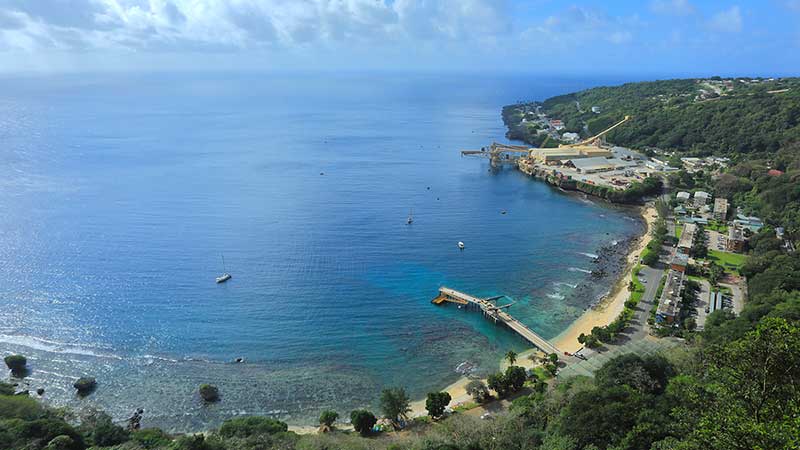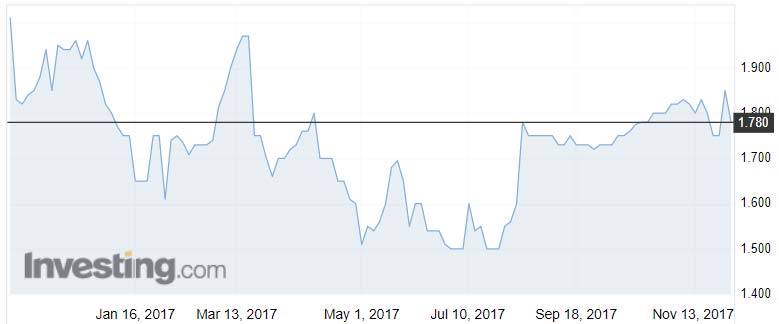Christmas Island debacle pushes CI Resources to look outside mining

Flying Fish Cove on Christmas Island, an Australian territory in the Indian Ocean. Pic: Getty
Phosphate player CI Resources is looking for new opportunities as it reaches the end of its tether over environmental opposition to its mining plans for Christmas Island.
CI Resources (ASX:CII) is now mulling over phosphate mining in Africa, biological fertiliser opportunities in Australia and New Zealand and property and tourism developments on Christmas Island, chairman David Somerville told shareholders at its AGM.
The news was not well received by investors, who pushed shares down nearly 4 per cent to $1.78 following the AGM.
CI Resources completed the takeover of Phosphate Resources in January 2015, through which it acquired a project on Christmas Island that Phosphate Resources had mined and exported phosphate from since 1990.
Until recently, the company shipped around 700,000 tonnes of phosphate each year to Australia, New Zealand, Malaysia, Thailand and Indonesia.

CI Resources has been trying to gain access to an extra 130 hectares of unallocated crown land on Christmas Island to extend its mining operations from the mid-2020s to the early 2030s.
The company operates under mining leases for the salvage of stockpiles and secondary in situ recovery over previously mined and cleared ground.
The leases were granted under West Australian legislation that runs until 2034 and provides CI Resources with access to some 1040 hectares.
‘Barrage of ideological opposition’
However, the company is “facing a barrage of ideological opposition from the bureaucracy and environmental activists” aimed at closing its operations on Christmas Island, Mr Somerville said.
“Despite extensive input and representations to the ministers involved and the department, we are yet to receive any resolution for the additional 130 hectares of unallocated crown land,” he said.
“The additional land we are seeking to access comprises less than 1 per cent of the island land mass and would increase the total mining area to only 10 per cent of the island.
- Catch up with the latest ASX small cap news
- Follow us on Facebook or Twitter
- Discuss Stockhead stories in our new Facebook group
“This would not impact on the 63.5 per cent (8,770 hectares) of the island that is protected by the National Park.”
CI Resources says it initiated and funds a feral cat eradication program on the island and contributes some $2 million each year to the maintenance and improvement of the island’s national park.
“This has been a resounding success with evidence of increased bird breeding success due to lower cat numbers, and increases in flying foxes and other fauna across the island which may also be attributable to reductions in feral cats,” Mr Somerville said.
CI Resources has been contacted for comment.
UNLOCK INSIGHTS
Discover the untold stories of emerging ASX stocks.
Daily news and expert analysis, it's free to subscribe.
By proceeding, you confirm you understand that we handle personal information in accordance with our Privacy Policy.








